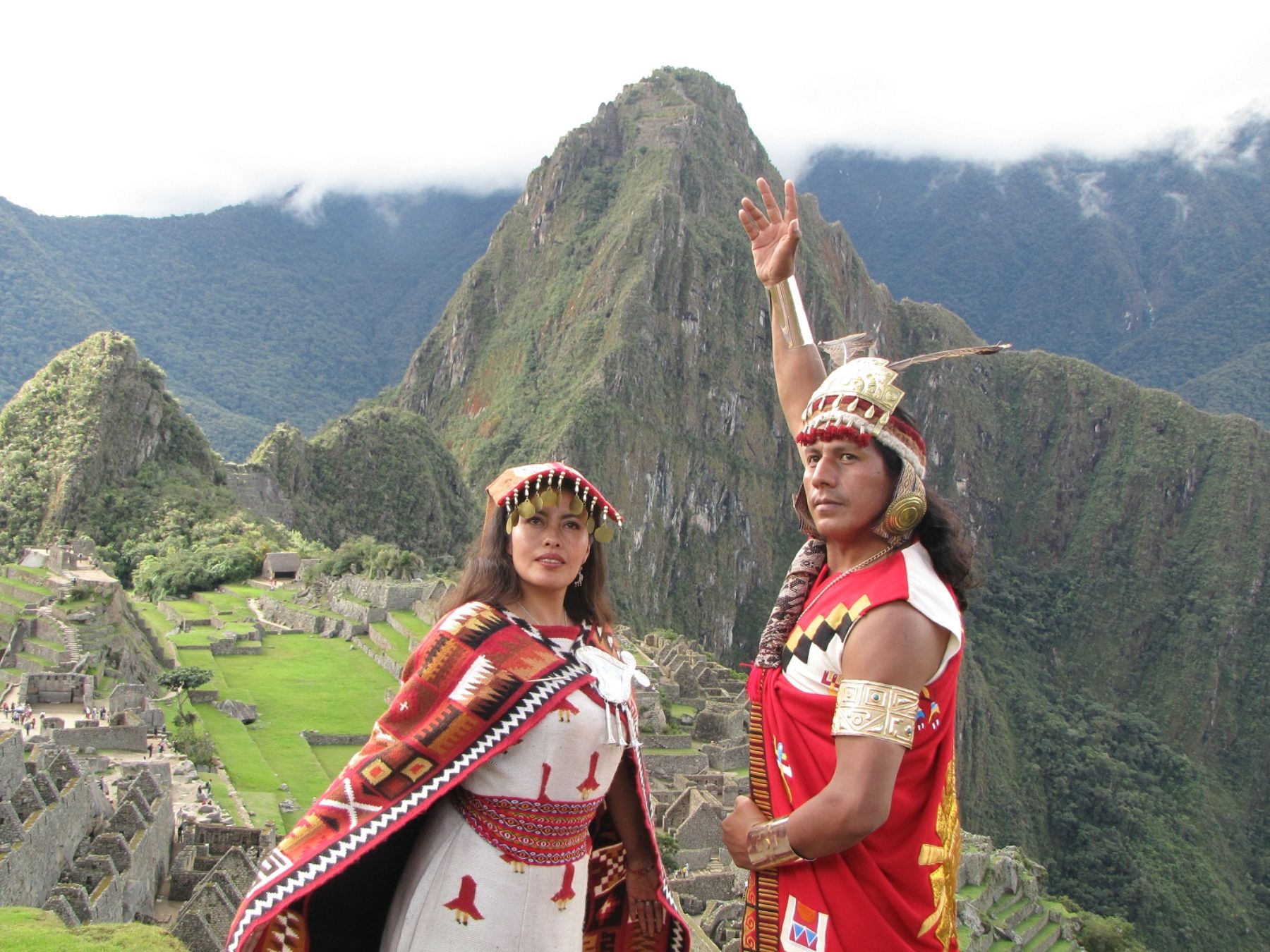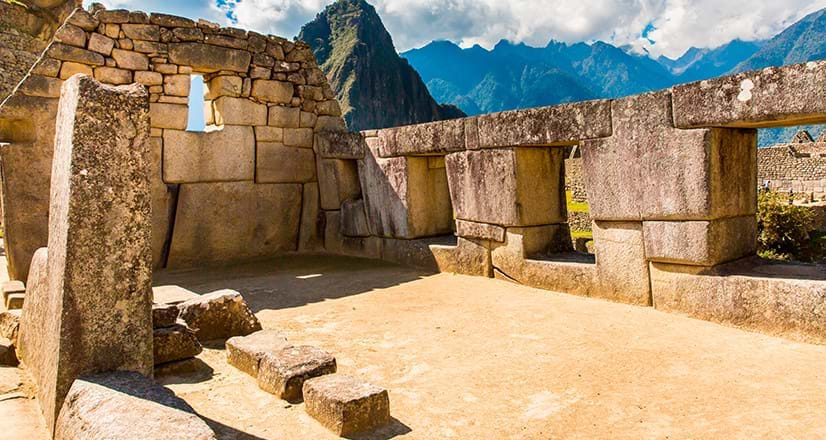Machu Picchu Articles

Important facts:
Machu Picchu is a 15th-century Inca citadel located in the Eastern Cordillera of southern Peru on a 7,970 ft mountain ridge. This is often referred to as the "Lost City of the Incas" and it is the most familiar icon of the Inca Empire. It is located in the Machupicchu District within Urubamba Province. Most recent archaeologists believe that Machu Picchu was constructed as an estate for the Inca emperor Pachacuti (1438–1472). The Incas built the estate around 1450 but it was abandoned a century later, at the time of the Spanish conquest.
Machu Picchu was built in the classical Inca style, with polished dry-stone walls. Its three primary structures are the Intihuatana, the Temple of the Sun, and the Room of three Windows. Most of the outlying buildings have been reconstructed in order to give visitors a better idea of how they originally appeared. Machu Picchu was declared a Peruvian Historic Sanctuary in 1981 and in 2007, Machu Picchu was voted one of the New Seven Wonders of the World.

History:
Located in the heart of the Peruvian Andes, the sacred Inca citadel built around 1450 and discovered in 1911, still hides enigmas and mysteries about its real purpose, which continue to be hidden to this day and which arouse the interest of both visitors and archaeologists from all over the world. the world.
Due to its strategic location at the top of a high mountain, there are various theories about what it could mean for the Incas. Some argue that it was built as a great mausoleum for the Inca Pachacútec, while others claim that it was an important administrative and agricultural center whose cultivation areas served for the livelihood of its inhabitants. However, it is also considered that it was used as a necessary link between the Andes and the Peruvian Amazon or as a resting residence for the Inca governor.

Flora and fauna:
Machu Picchu is home to a varied and exotic biodiversity. This thanks to its location: between the Andes and the Peruvian Amazon, which allows various species to develop. In addition, it has the Urubamba River that crosses it from east to west.
This natural area is home to species such as the Andean fox, puma, vizcacha, spectacled bear, white-tailed deer, among others. In addition to more than 420 species of birds, in which the cock of the rocks and the Andean condor stand out. Additionally, in Machu Picchu there are around 377 species of butterflies, 15 of amphibians and 25 of reptiles, of which 9 are types of lizards and 16 snakes.

Places of interest
In total, there are around 196 tourist spots within the citadel among archaeological complexes, squares, temples, water fountains, monuments and residences; all intertwined with each other and with the natural environment.
When touring Machu Picchu, you can see two well-marked sectors divided by a wall of approximately 400 meters long: one oriented to agricultural purposes and the other more urban. The agricultural area is characterized by the presence of terraces or platforms that were used for the cultivation of various foods. Very close to this area, there are some small houses that could have been the dwelling of farmers. On the other hand, in the urban area the Royal Residence is located, which was the finest, most extensive and best distributed house in the place; the Plaza Sagrada, the main ceremonial site of the city, the Intihuatana Pyramid, where the great solar clock is located; the Grupo de las Tres Portadas, a group of buildings made up of three large portals and the Grupo del Cóndor, which includes temples for ceremonial use.